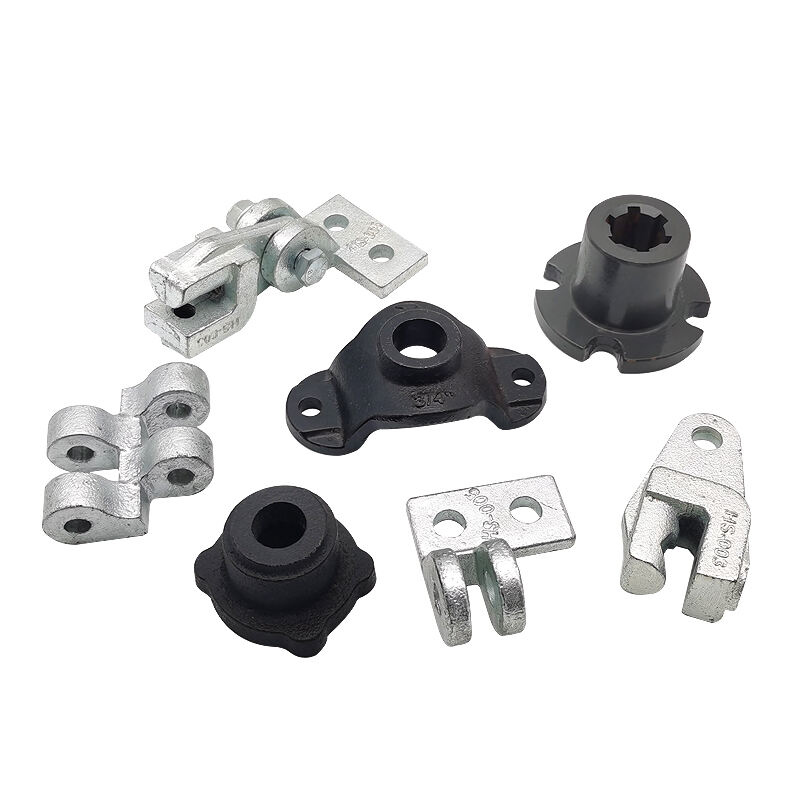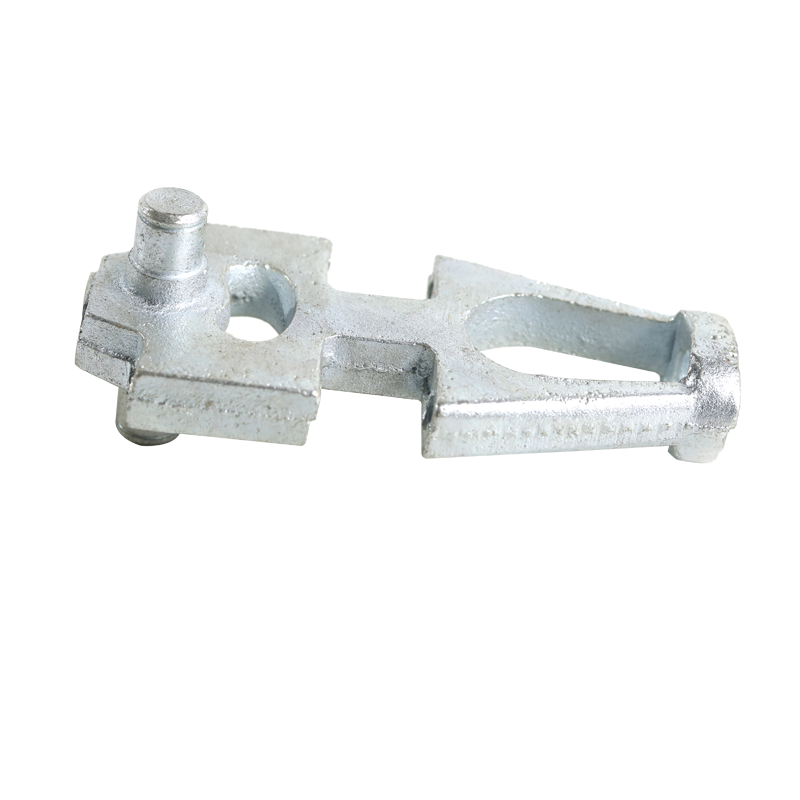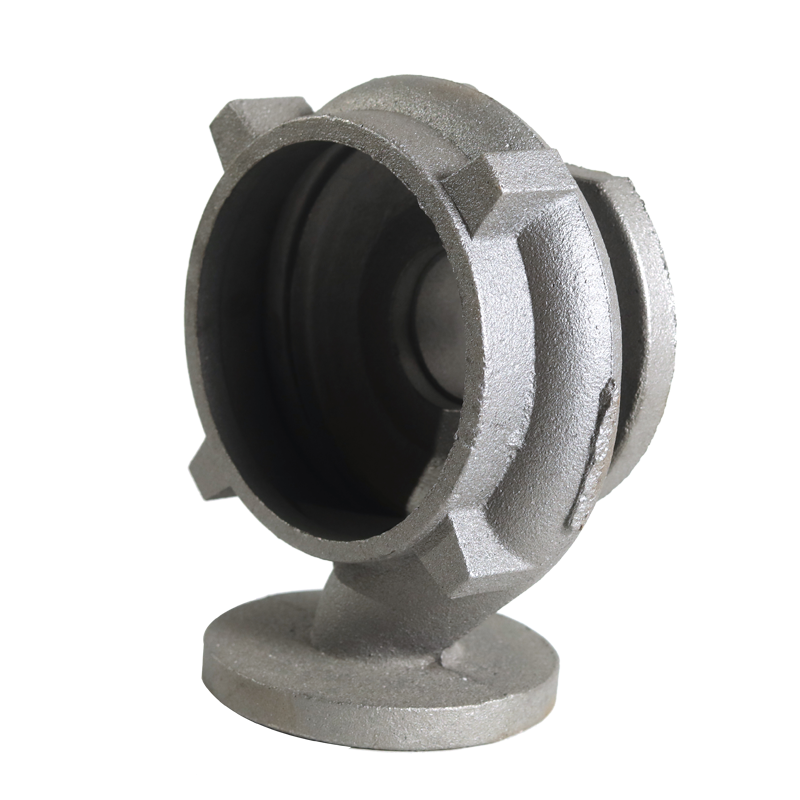ductile iron sand casting
Ductile iron sand casting represents a sophisticated manufacturing process that combines the versatility of traditional sand casting with the superior mechanical properties of ductile iron. This process involves creating molds from special sand mixtures where molten ductile iron, characterized by its spheroidal graphite structure, is poured to produce complex components. The process stands out for its ability to create parts with excellent mechanical properties, including high tensile strength, good ductility, and remarkable wear resistance. The method allows for the production of components ranging from small precision parts to large industrial equipment, with wall thicknesses varying from a few millimeters to several inches. The technology employs advanced metallurgical control to ensure the formation of spheroidal graphite, which contributes to the material's unique combination of strength and ductility. This casting process is particularly valued in industries requiring components that can withstand high stress and dynamic loads while maintaining dimensional accuracy. The versatility of ductile iron sand casting enables manufacturers to produce parts with intricate geometries, internal cavities, and varying section thicknesses, all while maintaining consistent material properties throughout the casting.


